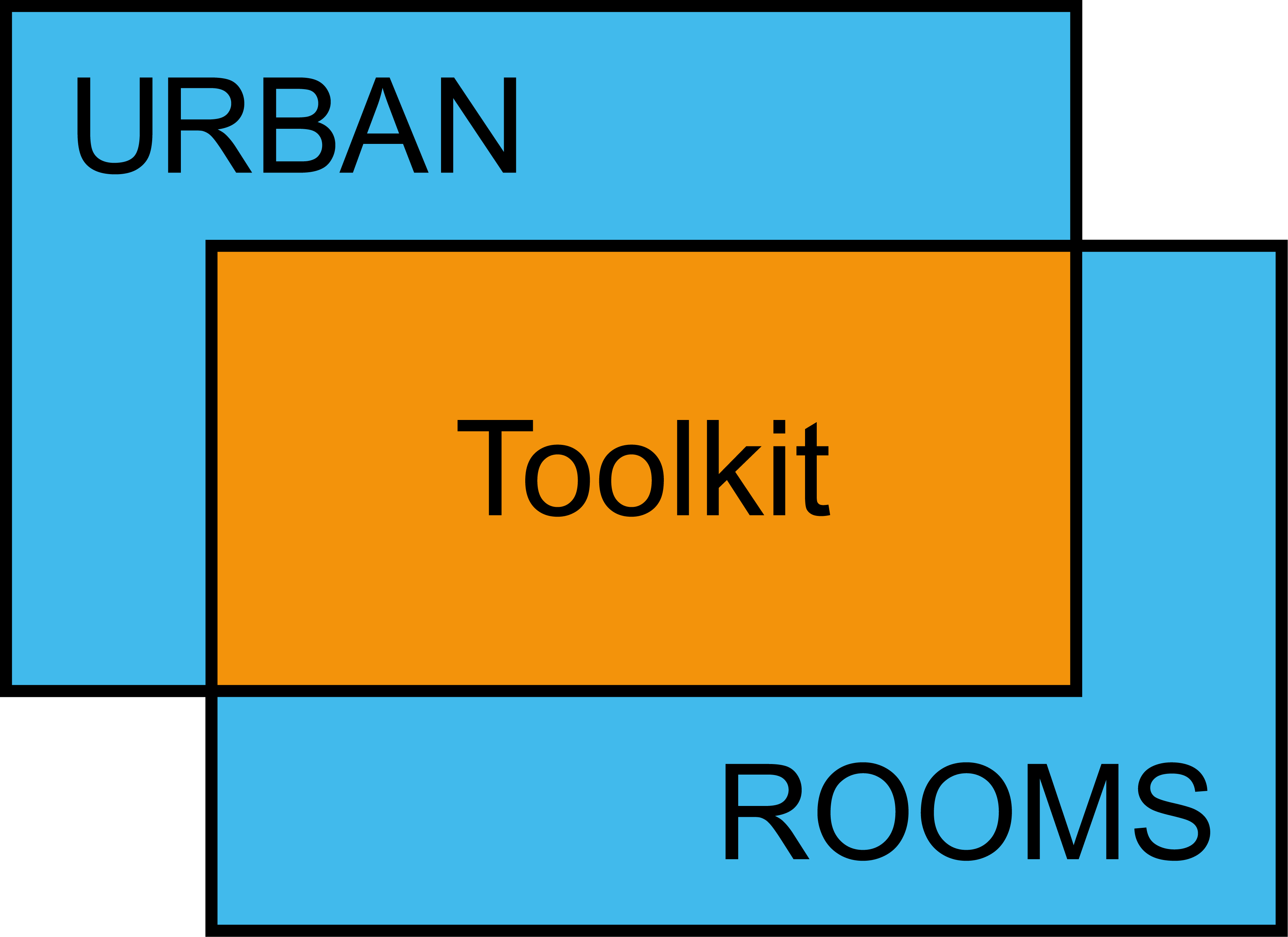


Up & Running
How can we reach out to under-represented groups?
Central to the Urban Room ethos is inclusivity and diversity. Most discussions and decisions about the built environment tend to occur amongst professionals, policy makers, and committed and passionate members of the community who find ways to be heard. To counter this exclusionary tradition and to alleviate the lack of agency that so many people feel about the future of their own neighbourhood, town centre or city an Urban Room should be available for as broad a range of the population to access as possible.
This means at every stage of your Urban Room you need to actively work towards widening accessibility and inclusion - always asking the questions - who is missing from the table? who’s voice isn’t yet heard? what can we do to invite, hear and value those voices?
Opening up the Urban Room to under-represented groups and individuals in the local area has been touched upon in the previous sections ‘How can we build partnerships?’ ‘How can we find an audience?’ and ‘How can the Urban Room build community agency?’. To expand upon this further:
to maximise chances for as diverse an audience as possible the UR needs to be welcoming, engaging, and relevant to their experiences – can you partner with established local groups and local leaders to advocate on behalf of under-represented communities, develop relevant programmes and to publicise the UR’s activities?
can you host under-represented community groups in the UR to hold their own events - to support them in developing their community networks and to broaden the audience for the UR?
the UR methodology is inherently flexible and responsive - pop- up, satellite, temporary and mobile URs can be very effective in reaching out to under-represented communities
it can help to define activities for specific groups, rather than targeting all groups all the time – do these groups have any specific accessibility issues that you need to consider?
Building relationships with under-represented groups takes time to overcome the suspicion and disenchantment many communities
feel, especially towards large institutions such as universities and local authorities. These partnerships need to be built on trust and respect in order to dispel the legacy of the exclusionary and extractive interactions that often occur in conventional engagement.
Many people don't engage with development or urban subjects because they don't believe they have agency towards the development of their local area. An Urban Room can be a useful tool to make strong connections between people and place, to highlight what’s at stake (e.g. health and wellbeing, local identity, community infrastructure, sustainability, heritage, etc.) and to highlight the avenues for collective and individual civic agency that emerge from those connections.

Croydon Urban Room
Up & Running
How can we reach out to under-represented groups?
Central to the Urban Room ethos is inclusivity and diversity. Most discussions and decisions about the built environment tend to occur amongst professionals, policy makers, and committed and passionate members of the community who find ways to be heard. To counter this exclusionary tradition and to alleviate the lack of agency that so many people feel about the future of their own neighbourhood, town centre or city an Urban Room should be available for as broad a range of the population to access as possible.
This means at every stage of your Urban Room you need to actively work towards widening accessibility and inclusion - always asking the questions - who is missing from the table? who’s voice isn’t yet heard? what can we do to invite, hear and value those voices?
Opening up the Urban Room to under-represented groups and individuals in the local area has been touched upon in the previous sections ‘How can we build partnerships?’ ‘How can we find an audience?’ and ‘How can the Urban Room build community agency?’. To expand upon this further:
to maximise chances for as diverse an audience as possible the UR needs to be welcoming, engaging, and relevant to their experiences – can you partner with established local groups and local leaders to advocate on behalf of under-represented communities, develop relevant programmes and to publicise the UR’s activities?
can you host under-represented community groups in the UR to hold their own events - to support them in developing their community networks and to broaden the audience for the UR?
the UR methodology is inherently flexible and responsive - pop- up, satellite, temporary and mobile URs can be very effective in reaching out to under-represented communities
it can help to define activities for specific groups, rather than targeting all groups all the time – do these groups have any specific accessibility issues that you need to consider?
Building relationships with under-represented groups takes time to overcome the suspicion and disenchantment many communities
feel, especially towards large institutions such as universities and local authorities. These partnerships need to be built on trust and respect in order to dispel the legacy of the exclusionary and extractive interactions that often occur in conventional engagement.
Many people don't engage with development or urban subjects because they don't believe they have agency towards the development of their local area. An Urban Room can be a useful tool to make strong connections between people and place, to highlight what’s at stake (e.g. health and wellbeing, local identity, community infrastructure, sustainability, heritage, etc.) and to highlight the avenues for collective and individual civic agency that emerge from those connections.

Croydon Urban Room
